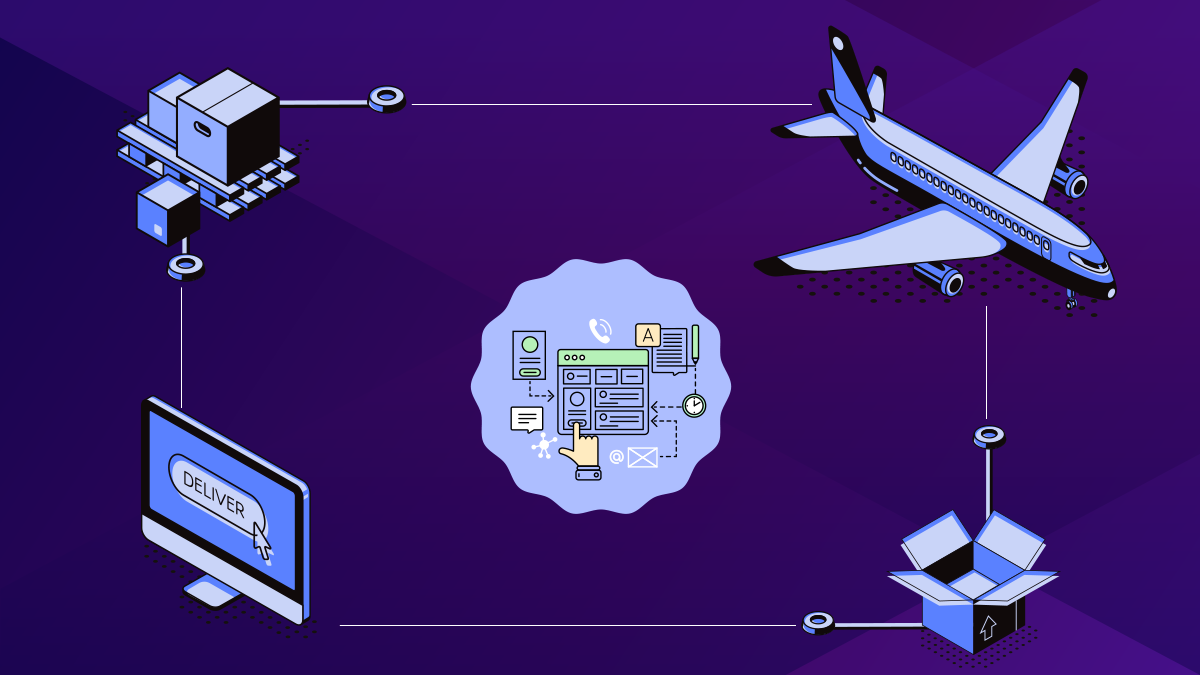Tackling transportation pain points with a digital approach
In a world with an economy that’s increasingly becoming real-time, where transactions are driven by digital automation technology, speed, time and accuracy is all that matters. It is this ‘real-time’ nature of the economy that has led to the evolution of the transportation and logistics industry.
Transportation today is no more restricted to being a commuting market but is gradually evolving into a ‘digitally’ shared and connected market space.
The emergence of a spate of state-of-the-art technologies has marked the transformation of several aspects of the industry and has prepared the ground for increased efficiency and optimisation. However, even today, many transportation companies have a major chunk of people manually reconciling invoices, maintaining data records, tracing shipments and more. But the winds of change have begun to blow.
In this piece, we take a look at how digital technology is revolutionising various elements of the transportation and logistics industry.
Automation across workflow:
A good Transportation Management System automates tasks that you currently do manually, such as procurement of freight quotes from vendors and follow-ups, invoice reconciliation and tracking the movement of goods.
Moreover, these systems are scalable and can be easily integrated with your existing systems. Above all, at the core of these solutions lies ease of use and functionality.
Real-time information and insights:
The transportation and logistics industry has long suffered due to the inability to access information in real-time. But the digital revolution in the industry has made it possible for each stakeholder involved in getting goods from one point to another to stay constantly updated about the status of their goods.
This end-to-end visibility over operations has made it possible to draw insights in real-time and make smart, well-informed decisions. It has also made a way to optimise processes, minimise risks and drive savings. Digital transformation of the industry has become a weapon to gain a competitive edge and improve ROI.
With the help of live visibility, you can put unutilised or underutilised resources to better use. Moreover, as the digital platforms record every single interaction happening in the chain, within a click the system can convert passive data into actionable business intelligence. By analysing the data at hand, you can effectively identify patterns related to the movement of your goods, new growth opportunities and proactively explore the scope to expand your business.
Strategic Management:
Digital solutions have opened several opportunities for better strategic management. As the systems have the ability to give you a heads up about the problems you may face, you are more equipped to unlock silos and plan well to face the challenges.
It can help you make sure that your team is on the same page and plan in a way that minimises delays and risks while driving savings. To give an example, Electronic Log Devices (ELDs) that are commonly used today can help you plan the schedules of drivers efficiently while making sure that each driver gets sufficient rest.
A competent Transportation Management System (TMS) will track your business, automatically update data and provide regular analysis.
Enhanced customer experience:
The improvements in the transportation ecosystem driven by digitalisation have created space to keep your customers engaged. Many solutions allow you to share tracking data with your customers enabling unprecedented transparency on the movement of goods. Digital technologies have bridged the gap between operators and customers and led to a frictionless process.
For instance, let’s consider blockchain technology. It provides you as well as your customers the exact information on the performance of your vendors based on historical reports. During the session of selling, it is this information that ensures absolute transparency between you and the buyer.
Connecting the dots…
All observed and realised, without insufficient research and understanding of your business digital transformation could do more harm than good. So evaluate your options well, connect the dots and gradually leverage hyper-connectivity by adopting the digital solutions best suited for your organisation.
If you would like to know more about digital supply chains and how GoComet’s automation technology can help you automate tracking, RFQ management, invoice reconciliation and drive significant cost savings, reach us here today!
